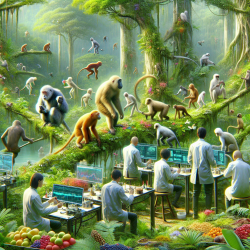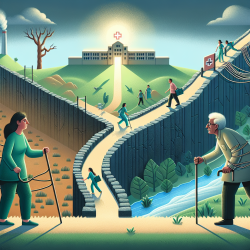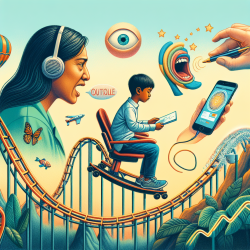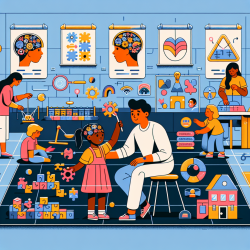The Role of Indigenous Knowledge in Primate Conservation
As practitioners dedicated to improving outcomes for children, it is essential to recognize the interconnectedness of our work with broader environmental and social issues. The research article "Global importance of Indigenous Peoples, their lands, and knowledge systems for saving the world’s primates from extinction" highlights a critical aspect of conservation that can inform our practices: the role of Indigenous Peoples in safeguarding biodiversity.
Understanding the Data
The study reveals that Indigenous Peoples' lands account for 30% of the primate range, with 71% of primate species inhabiting these lands. This correlation suggests that Indigenous stewardship is vital for primate conservation. The data-driven analysis shows that as the range of primates on Indigenous lands increases, the likelihood of these species being classified as threatened decreases significantly.
Implications for Practitioners
For practitioners in speech language pathology, particularly those working with children, understanding the broader environmental context can enhance our approach to therapy. Here are some actionable insights:
- Integrate Environmental Awareness: Incorporate discussions about biodiversity and conservation into therapy sessions to foster a holistic understanding in children.
- Promote Cultural Sensitivity: Recognize and respect the cultural practices and knowledge systems of Indigenous communities, which can enrich therapeutic practices.
- Encourage Further Research: Advocate for research that explores the intersection of environmental conservation and speech language pathology, particularly how environmental factors impact communication development.
Encouraging Further Exploration
While the research provides a compelling case for the importance of Indigenous lands in primate conservation, it also opens avenues for further exploration. Practitioners are encouraged to delve deeper into how these findings can be applied to enhance therapeutic outcomes. Consider collaborating with environmental scientists to explore innovative ways to integrate conservation education into therapy.
Conclusion
The findings from this research underscore the critical role of Indigenous Peoples in conserving biodiversity. As practitioners, embracing this knowledge can enhance our therapeutic practices and contribute to broader environmental and social well-being. To read the original research paper, please follow this link: Global importance of Indigenous Peoples, their lands, and knowledge systems for saving the world’s primates from extinction.










